Hey guys,
Finally built this. Had the design and parts ready for 4 months and the enclosure ready for a month.
Funny how real life tends to get in the way of what's really important ?
Worked first time even! There is a faulty pot I need to replace then will record a demo.
Before I forget, what does it do?
It modulates the pitch of signal with A) A bunch of different waveforms B) With tap tempo C) With a blend control.
What that equates to is a chorus/vibrato pedal with some nifty features.
Quite pleased with it because it's a somewhat original contribution to the endless ocean of guitar pedals.

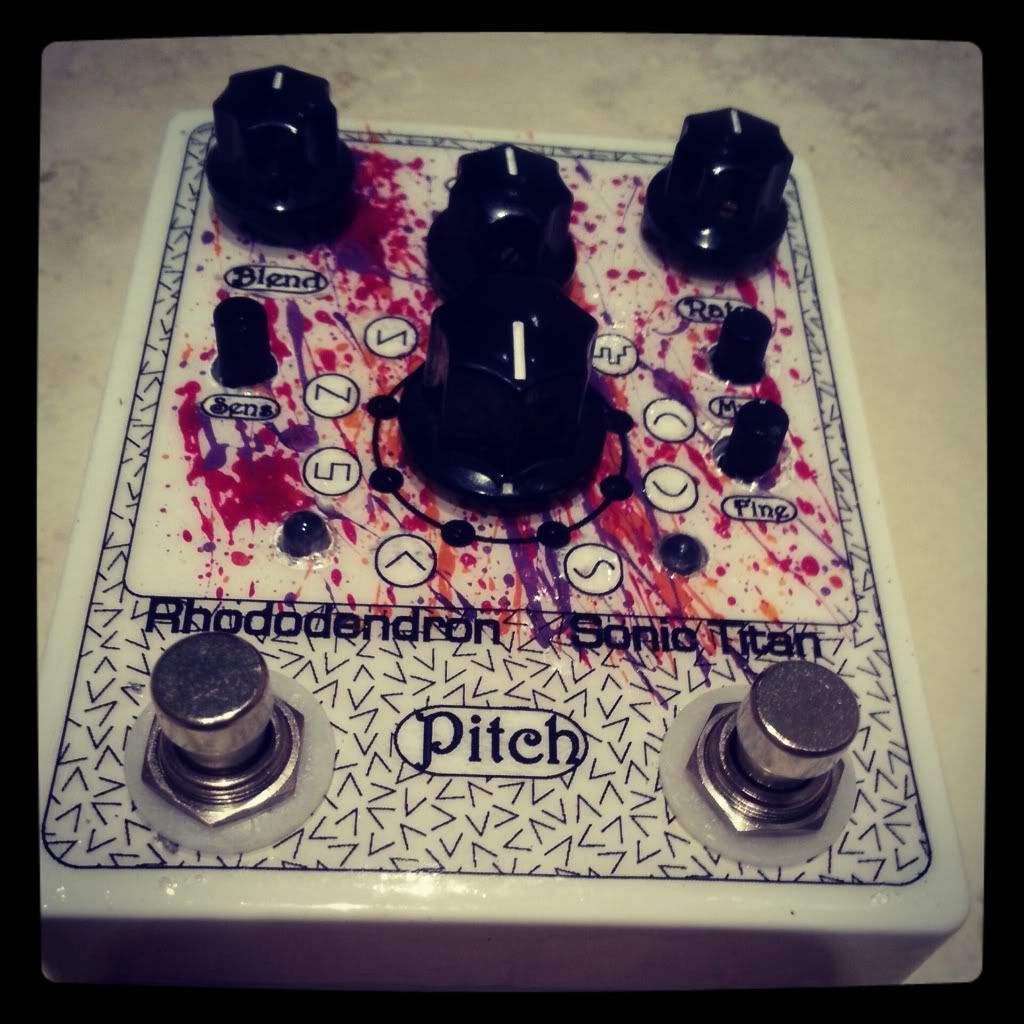
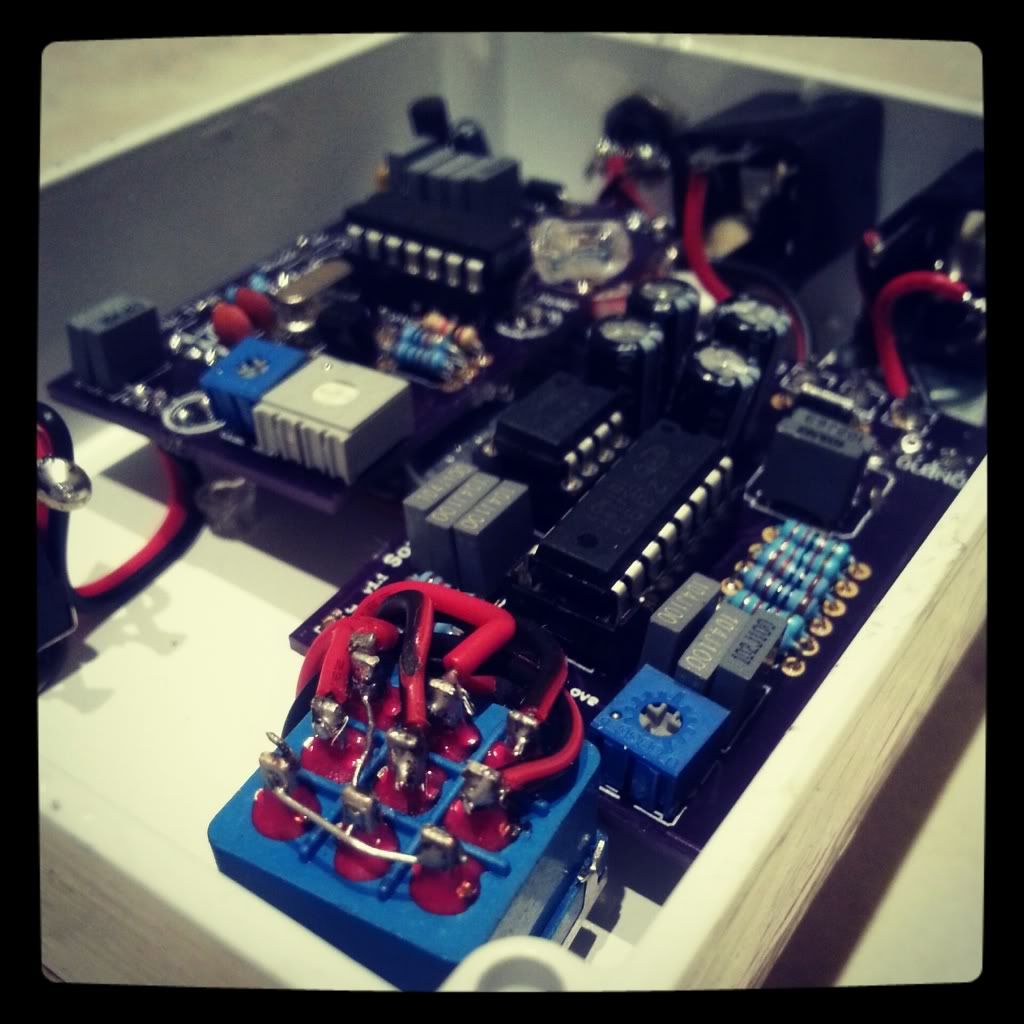

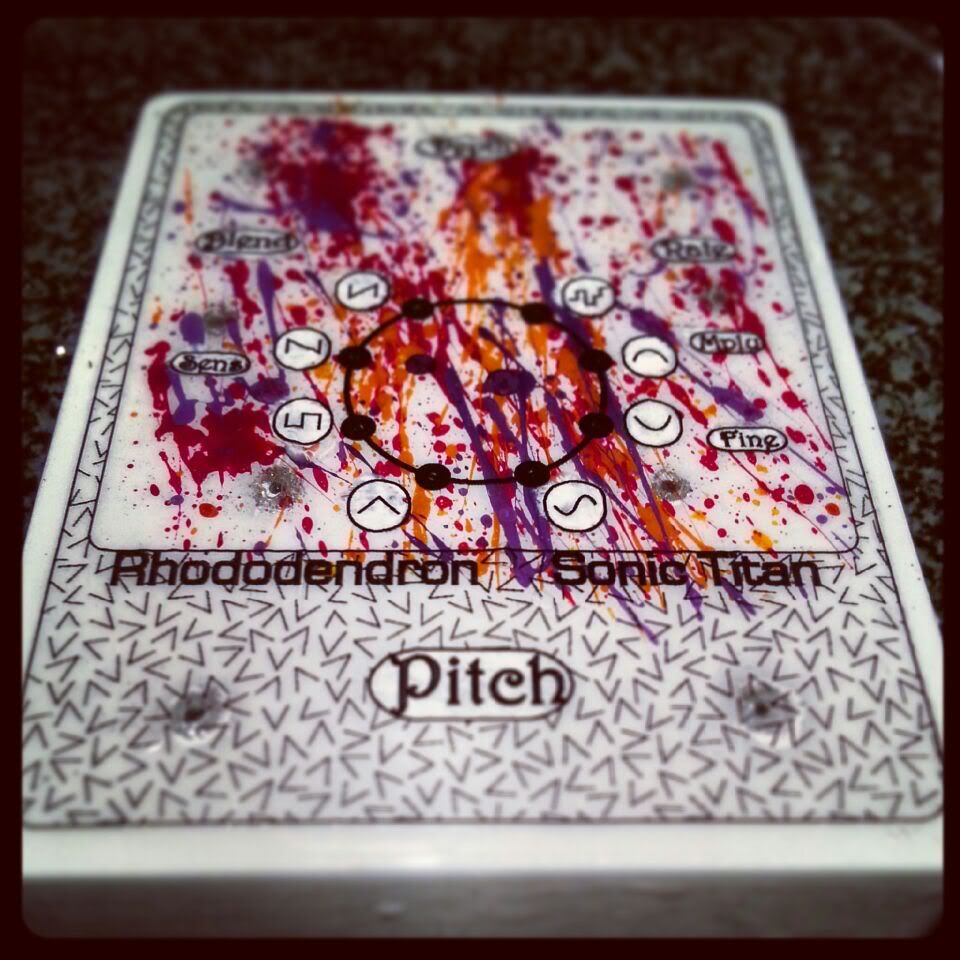
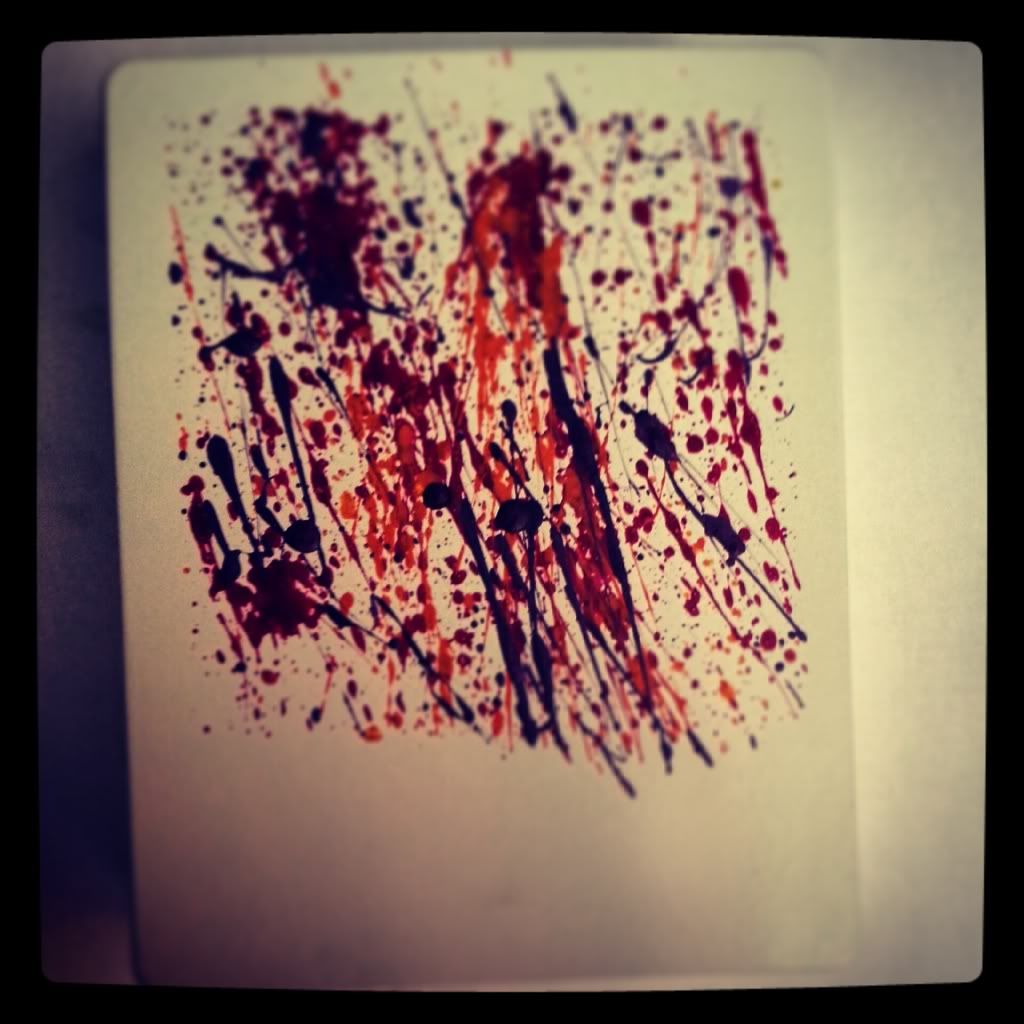
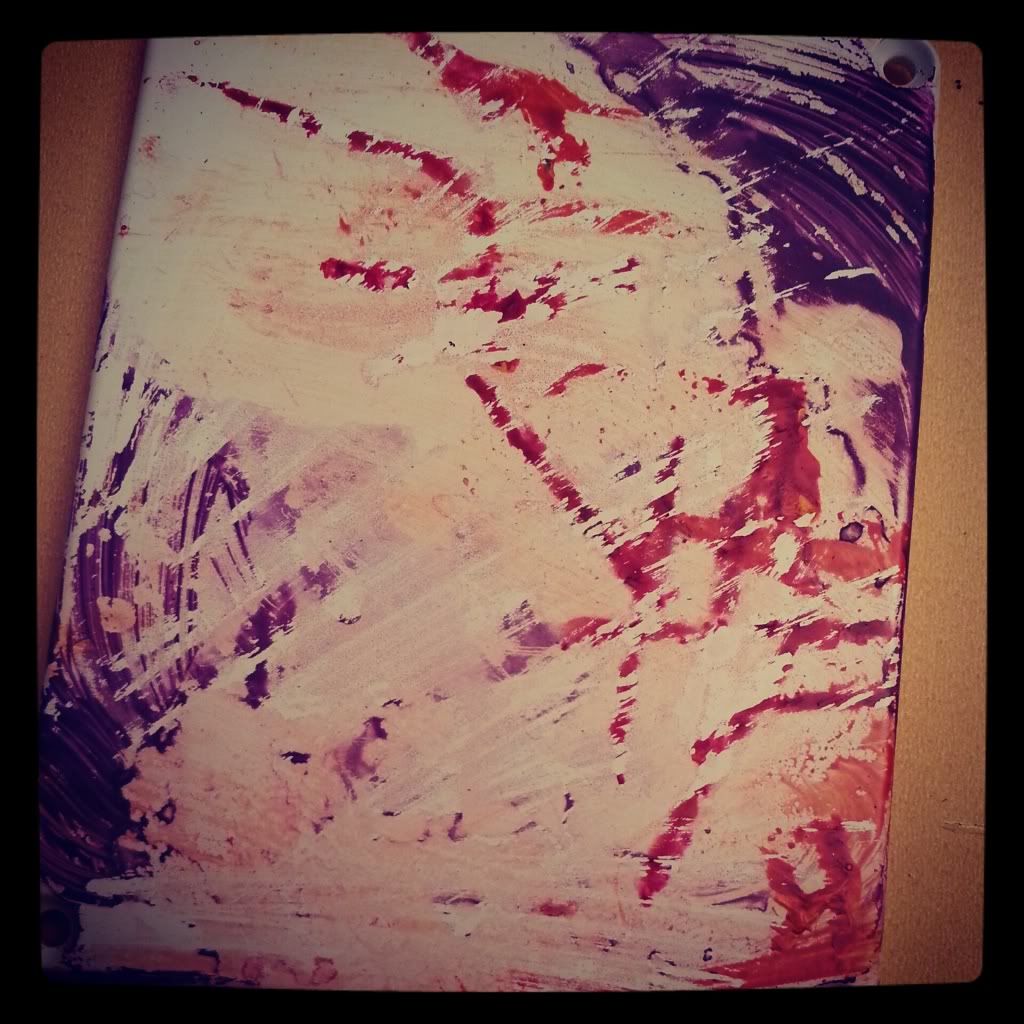
Here's the ancestor from which the pedal originated - completely redesigned though.
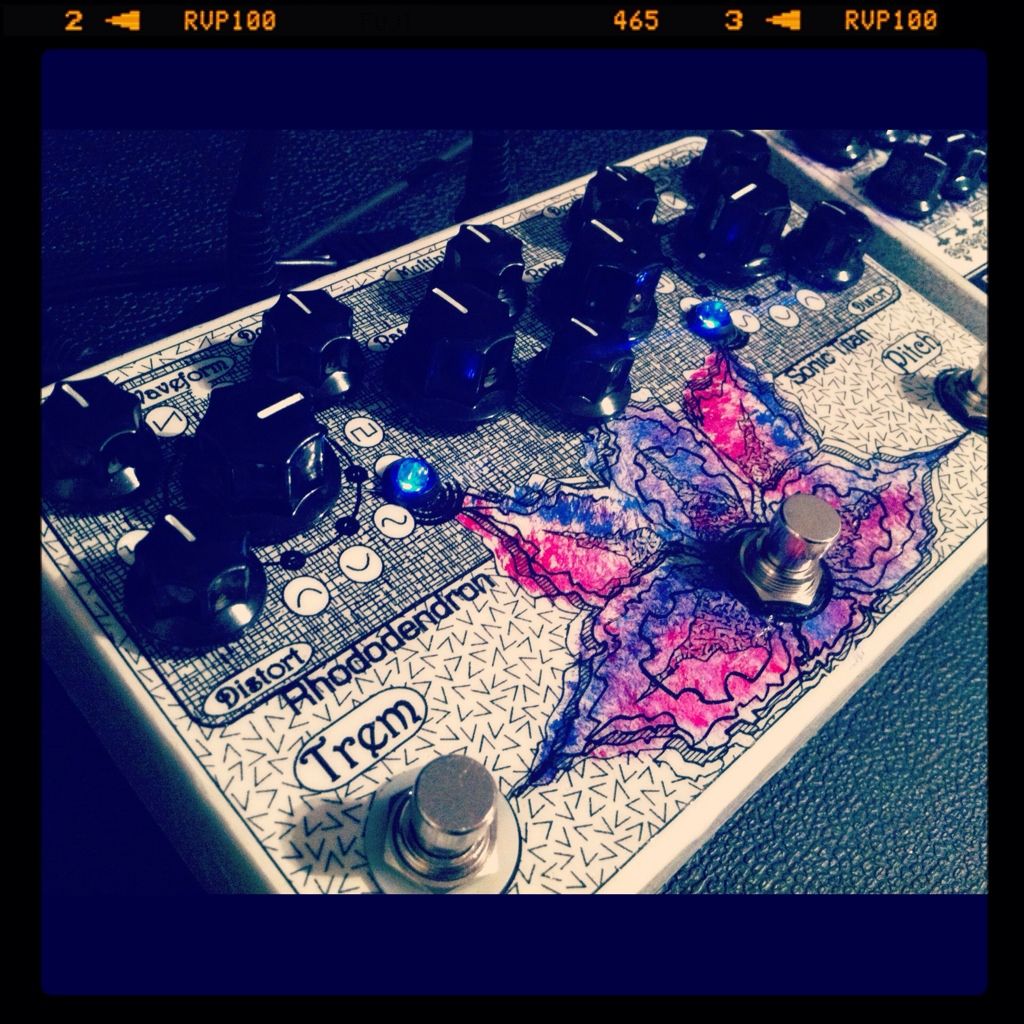
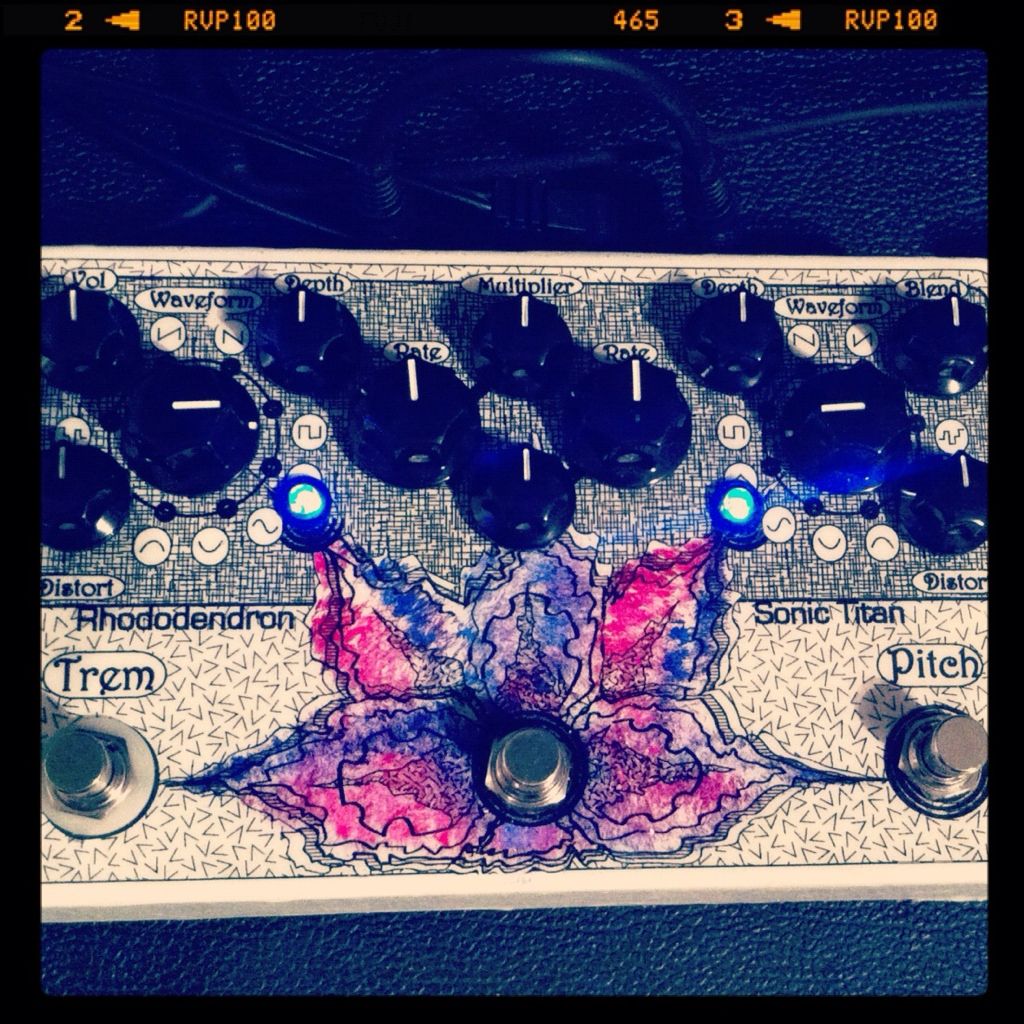
Matt.